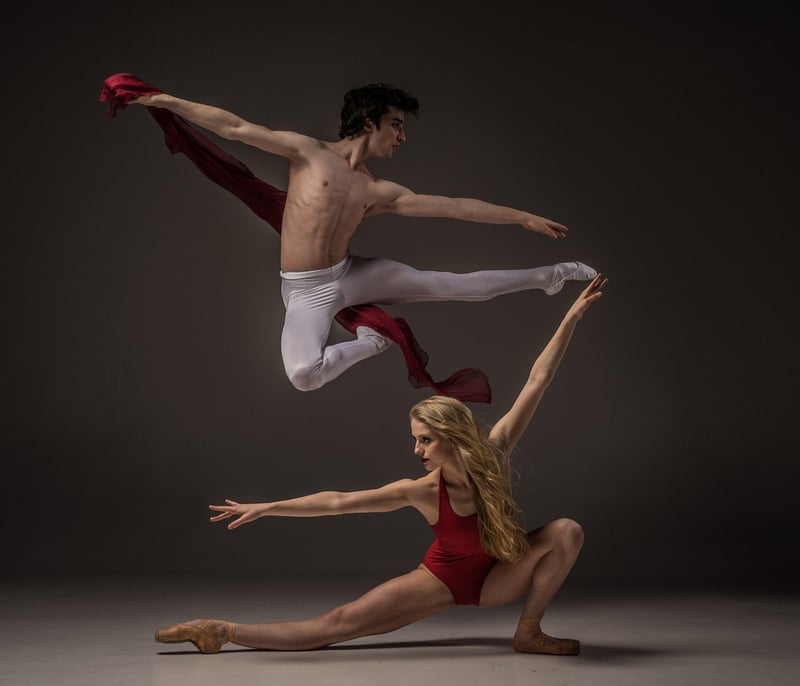Hip Hop
Expressive Movement Forms for Creativity + Hip Hop
Introduction
Exploring expressive movement forms can be a powerful way to unlock creativity, connect with emotions, and unleash self-expression. In this article, we will delve into the world of expressive movement forms, with a particular focus on the dynamic and energetic style of Hip Hop dance.
Expressive Movement Forms
Expressive movement forms encompass a wide range of dance styles that prioritize individual expression, emotions, and storytelling through movement. These forms allow dancers to communicate their feelings and experiences in a unique and personal way, transcending language barriers and connecting with audiences on a deeper level.
Benefits of Exploring Expressive Movement Forms
- Enhanced self-expression
- Improved creativity
- Emotional release and stress relief
- Physical fitness and coordination
- Connection with music and rhythm
Hip Hop Dance
Hip Hop dance originated in the Bronx, New York City, in the 1970s and has since evolved into a global phenomenon. Known for its high-energy moves, intricate footwork, and emphasis on rhythm and musicality, Hip Hop dance is a vibrant and expressive art form that continues to inspire dancers of all ages.
Key Elements of Hip Hop Dance
- Breaking
- Locking
- Popping
- Freestyle
- Krumping
Benefits of Hip Hop Dance
- Builds strength and endurance
- Boosts confidence and self-esteem
- Encourages creativity and individuality
- Provides a sense of community and belonging
- Offers a fun and engaging way to stay active
Conclusion
Expressive movement forms, such as Hip Hop dance, offer a platform for individuals to express themselves creatively, connect with their emotions, and engage with others through the universal language of movement. Whether you're a seasoned dancer or a beginner looking to explore new ways of self-expression, the world of expressive movement forms is rich with opportunities for growth, creativity, and connection.

Start your dance journey today and let your body tell the story!
